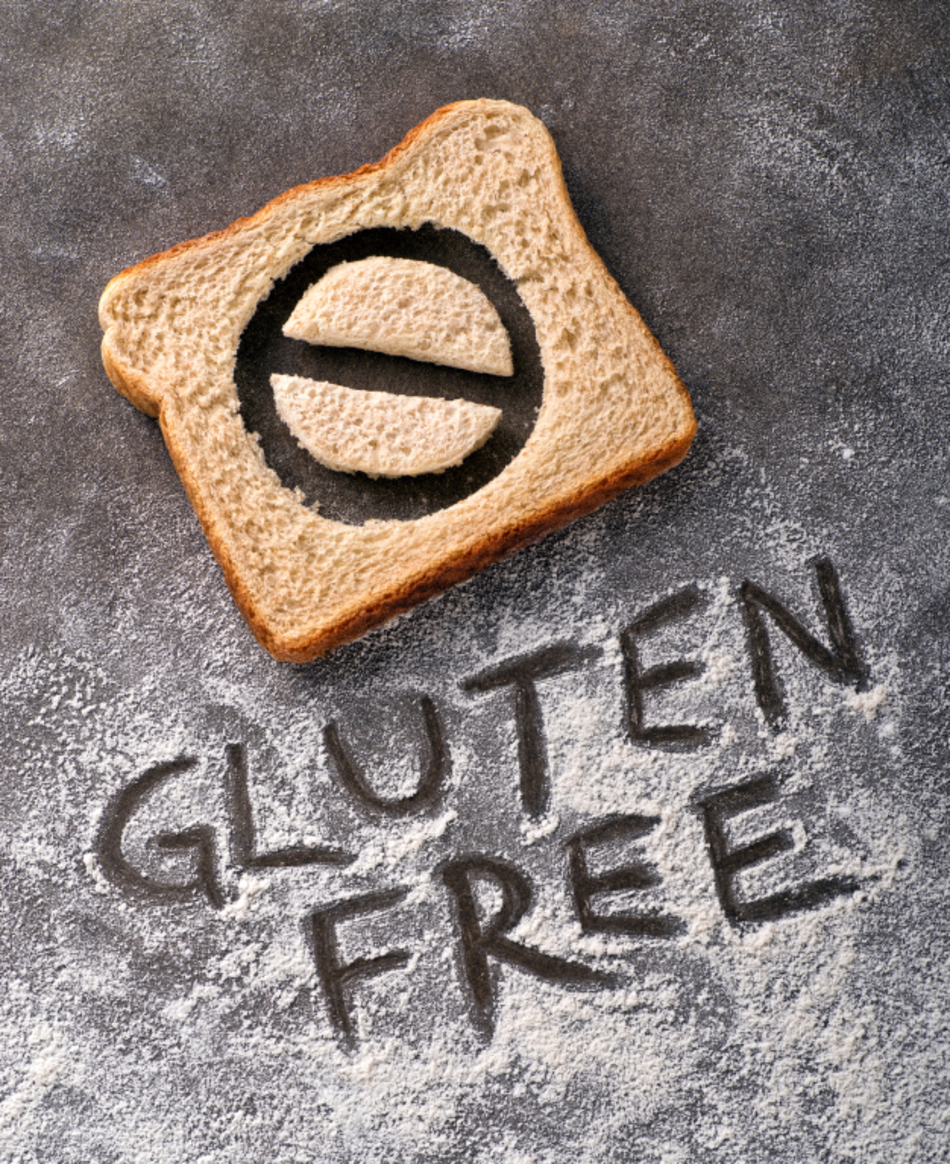
Episode Transcript
Dr. Gellner: One of the hot topics lately has been gluten in your diet. So what is gluten sensitivity and what is celiac disease? They're very different. I'm going to talk about that today on The Scope. I'm Dr. Cindy Gellner.
Announcer: Medical news and research from University of Utah physicians and specialists you can use for a happier and healthier life. You're listening to The Scope.
Dr. Gellner: So a lot people will say that their child is sensitive to gluten and think they may have celiac disease. Again, they're very different. Celiac disease is actually a digestive system problem where the lining of the small intestine makes it hard for your child to absorb nutrients from food.
If this disease is not diagnosed, it can cause serious problems including anemia, liver disease, osteoporosis, which is bone loss, and other nutrient-related deficiencies, because celiac disease is actually an autoimmune disease, that means your body is actually attacking itself. So the immune system is attacking the digestive system. If your child eats gluten and has celiac disease, your child's immune system attacks the part of the intestine that absorbs those nutrients in that food.
So what is gluten sensitivity, nonceliac gluten sensitivity? Well gluten sensitivity is when your child has similar symptoms to celiac, but it's not an autoimmune response. So it's where they have sort of upset stomach or gas when they eat foods with gluten, and they're intolerant to it. They have symptoms with it, but they are not truly having an immune response to what they're eating.
With celiac disease, it's a genetic disease. It does run in families, and it is an autoimmune disease again which is inherited. We do not know the exact cause of nonceliac gluten sensitivity. It does seem to run in families, but there's not a genetic link that we know so far.
So what are the symptoms? Well, they are actually very similar to each other. The symptoms are usually abdominal pain, bloating, cramps, gas, diarrhea, or constipation. And with celiac disease, you'll also notice that they will have foul-smelling bowel movements, and you'll also notice they will not grow well. They'll even lose weight no matter what they're eating. They'll have poor growth. They're unusually tired, and they can be very cranky sometimes.
Gluten is actually a protein that is found in wheat, barley, and rye grains, which is why it's important if your child has nonceliac gluten sensitivity or celiac disease that you need to read the food labels and know exactly what a gluten-free food is. So before you start looking at food labels, you need to figure out which does my child have if they do seem to have symptoms after eating foods containing gluten.
If they have celiac disease, there's an actual blood test that we can do to confirm the diagnosis. There is no blood test for gluten sensitivity. Now you may have your child tested for other allergies like a wheat allergy or a soy allergy, but there's no actual blood test for nonceliac gluten sensitivity.
Once you know your child has celiac disease or is gluten sensitive, how do you treat it? Well, unfortunately the only treatment for these is a gluten-free diet. And for most children, the change in diet relieves symptoms in a few weeks. The longer your child keeps eating gluten, the more the intestine is damaged in celiac disease and the greater the risk for long-term problems. But for most children with nonceliac gluten sensitivity, the diet relieves most of the symptoms completely within just a few weeks.
When you're looking at food labels, you need to make sure that for your child to have a gluten-free diet, the ingredients contain no wheat, barley, or rye. And unfortunately the American diet is based on grain, so many processed foods contain grain-based additives. You really need to do a lot of hard work looking at the food labels to determine if it's a safe food for your child.
Easy ways to remember which foods are safe and which ones are not: Look in the dairy section. Milk and milk products are safe. Go into the produce section. Fresh fruits, vegetables, they all are safe for you to have as well. Nuts, seeds, and vegetable oils without additives are safe. Beef, pork, poultry, and fish and eggs also do not contain gluten so they are safe as well.
It's important to replace carbohydrates your child cannot have from wheat, rye, and barley with carbs that they can have from things such as wild rice, quinoa, corn, and potatoes. Remember when you're looking at the food labels, wheat free does not mean gluten free because wheat-free products may contain barley or rye.
And any product that has a gluten-free label is usually okay to eat because there is an organization called the Gluten-Free Certification Organization, and it has to have that GFCO stamp on it if it has met their strict standards to be a product that is labeled gluten free.
Many companies will also send you lists of their gluten-free products, and you can also look on a menu if you're going out to eat. Many restaurants will have gluten-free labels on their items in restaurants or delis.
If your child has been diagnosed with celiac disease, you may want to talk to your physician about having your child take a gluten-free multivitamin to make sure that they get the nutrients that they need that they are missing from eating certain food categories.
So remember celiac disease and nonceliac gluten sensitivity both need to have diet changes in order to keep symptoms at bay, but they are very different diseases, and only your pediatrician can help you figure out which your child has.
Announcer: TheScopeRadio.com is University of Utah Health Sciences Radio. If you like what you heard, be sure to get our latest content by following us on Facebook. Just click on the Facebook icon at TheScopeRadio.com.